Public holidays in Sweden are called röda dagar, literally ‘red days’, after the colour that’s traditionally used to mark them out on Swedish calendars.
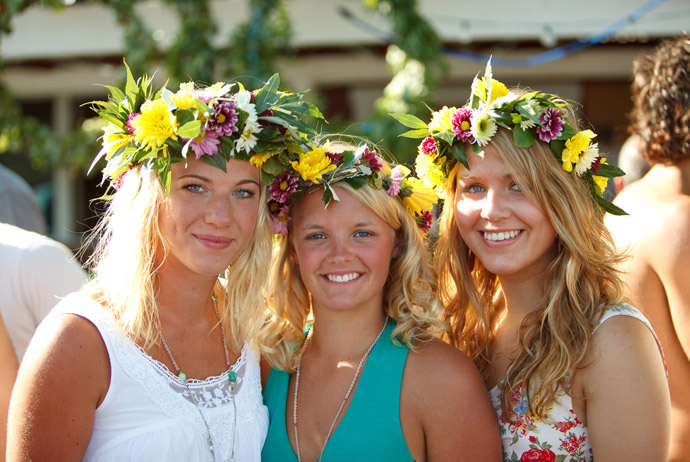
And with more than a dozen ‘red days’ a year, Sweden has one of the highest numbers of official holidays in Europe.
Some of these are the classic religious holidays, such as Christmas, Epiphany, Easter and Ascension Day, while others are secular, such as Swedish National Day, Midsummer and Labour Day.
Swedes like to extend their public holidays by starting the festivities the day before, so many business shut at lunchtime on the eve of a public holiday.

And, in fact, often the evening before eclipses the celebration itself, with Christmas Eve, New Year’s Eve and Midsummer Eve being some of Sweden’s most important holidays.
In addition, there are several food-focused Swedish traditions that take place throughout the year, such as Waffle Day in March (yep, people just eat waffles) and the many surströmmingsskivor (pickled herring parties) that take place in August. These fun events may not be official public holidays, but are celebrated with gusto nonetheless.
Swedish traditions and celebrations
Here’s a whistle-stop tour through the Swedish calendar, which is packed with traditional celebrations!
Depending on the time of year you visit, you might be able to catch one or two of these much-loved (and sometimes pretty weird) events. Note that not all of these are public holidays!
Trettondedag jul
6th January
Meaning the thirteenth day of Christmas, Trettondedag jul, or Epiphany, is a Christian tradition that commemorates the visit of the Magi to the baby Jesus.
Although it’s officially a national holiday, celebrations tend to be low-key with many Swedes taking the chance to go skiing, shopping or to catch-up on some sleep after the Christmas festivities.
Tjugondedag jul
13th January
Tjugondedag jul, or St. Knut’s Day, literally means the twentieth day of Yule and marks the ends of the festive celebrations. Named after the Danish king Knut, it’s the day when Swedes take down their decorations and throw out the tree (if they haven’t already done so).
It’s not an official public holiday, but it’s still a popular time for low-key celebrations, with children singing and dancing around the old Christmas tree and finishing leftover chocolates and sweets from its branches.
Fettisdagen
47 days before Easter Sunday
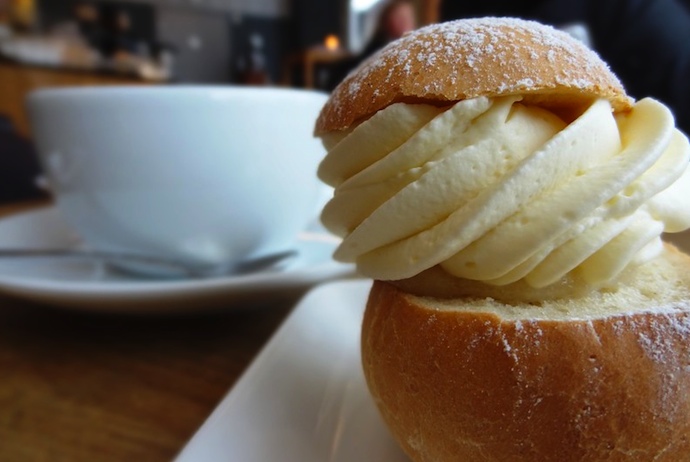
Fettisdagen is Shrove Tuesday, the day before Christians traditionally begin their Easter fast. And like many other countries, Swedes celebrate with something sweet.
But instead of pancakes, they eat semlor – large, sweet cream buns filled with whipped cream and almond paste. You’ll find these tasty, artery-clogging treats in bakeries and supermarkets all over Sweden in the lead-up to Fettisdagen.
Sportlov
Between weeks 7–10 each year (approx Feb–Mar)
A week’s holiday to go skiing? How civilized is that? Sportlov (literally, the sports break) has its origins during World War II when it was too expensive to heat the country’s schools in the coldest month of the year, so children were given a week off.
The tradition continued post-war when it was realised that keeping children off school for a week dramatically reduced the spread of colds and flu. And today, different parts of the country celebrate sportlov in different weeks to avoid overcrowding on the slopes.
Of course, you don’t have to go skiing – any type of sport (or none at all!) is acceptable during this late-February/early-March break.
Våffeldagen
25th March
Strange, you may think. But really, why wouldn’t you dedicate a whole day to eating waffles?
Waffles are popular in Sweden all year-round, but on våffeldagen, or Waffle Day, these heart-shaped tasty treats are eaten everywhere topped with cloudberry jam and cream, and usually accompanied by a nice strong coffee.
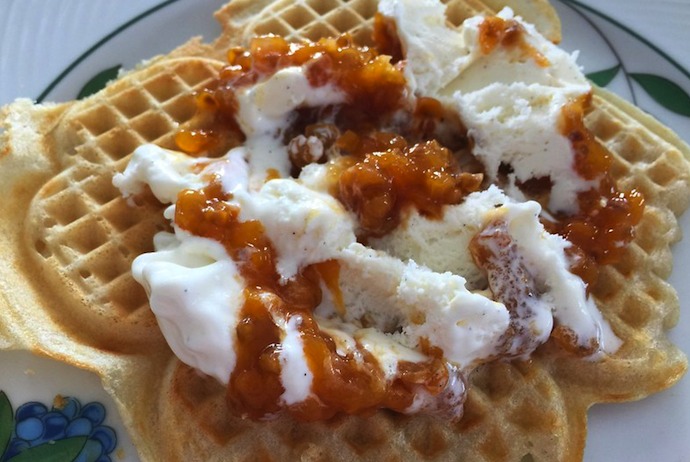
Its origins come from the word vårfrudagen, which means Our Lady Day and is supposedly the day when Mary was told that she would be having God’s son.
Vårfrudagen was soon corrupted into Våffeldagen – and became a great excuse to eat waffles. We’re not complaining.
Easter
March or April
The classic Swedish smörgåsbord is wheeled out at Easter, a time of the year when most Swedes celebrate the end of a long winter (or at least longer, brighter days).
Children dress up as Easter witches (yes, witches) and go from house to house offering the neighbours drawings and paintings in return for sweets.
Valborgsmässoafton
30th April
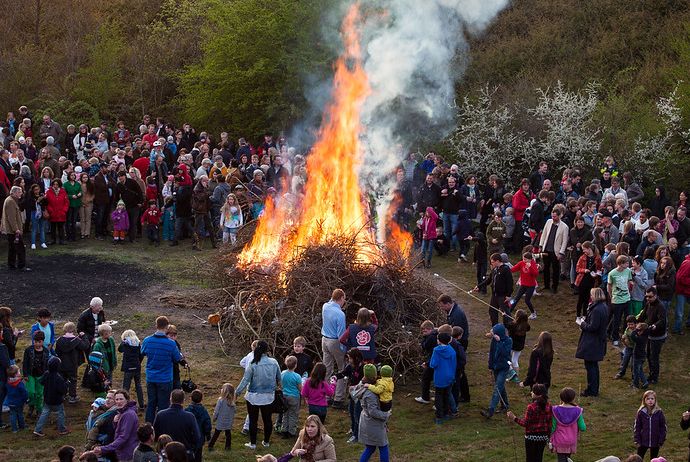
The night before Labour Day, Valborgsmässoafton is also known as Walpurgis Night.
Swedes celebrate the eighth-century German abbess St Valborg by lighting huge bonfires, setting off fireworks and singing traditional folk songs. It’s a fun excuse to get together.
Labour Day
1st May
Many Swedes spend the May Day public holiday recovering from the St Walpurgis festivities of the night before (see above).
But those of a more political bent mark the traditional workers’ day by joining parades and demonstrations in towns and cities around the country. Expect flags, banners and lots of solidarity!
Kristi Himmelsfärdsdag
40 days after Easter
Kristi Himmelsfärdsdag, or Ascension Day, is a public holiday that always falls on a Thursday so many Swedes take the Friday off too (this situation is known rather affectionately as a ‘squeeze day’).
Churches have services, but many Swedes mark it with picnics in the park or forest, or as the first day of the fishing season.
Pingstdagen
50 days after Easter
Known as Pentecost or Whit Sunday, Pingstdagen is a national holiday in Sweden. It’s traditional to dress in red and attend church, though these days most Swedes celebrate the arrival of the spring by heading outside to enjoy some sun (hopefully).
Sweden’s National Day
6th June
Sweden’s National Day celebrates the day that Gustav Vasa was crowned king in 1523 and the Swedish constitution was adopted in 1809.
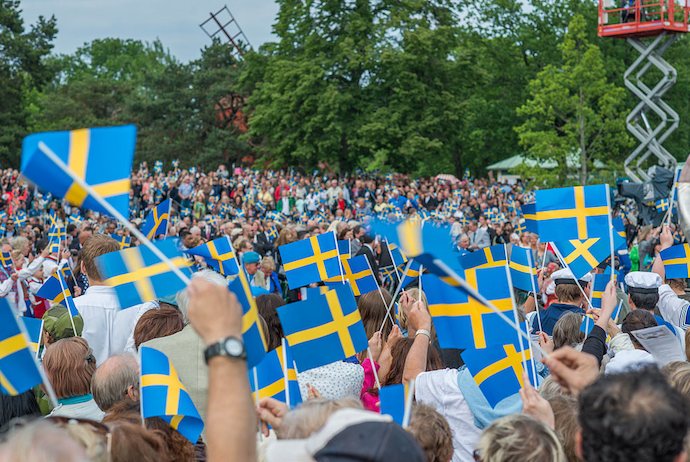
The place to be on National Day is Skansen open-air museum in Stockholm, where Sweden’s king and queen take part in a flag-raising ceremony and children in traditional costume dance, sing and present the royal pair with bouquets of flowers.
Midsommar
The nearest Friday to midsummer’s day
One of the country’s largest festivals, midsommar is a big deal in Sweden. Midsommarafton (Midsummer’s Eve) is the main event, with dancing around maypoles, singing, eating and drinking copious amounts being the order of the day.
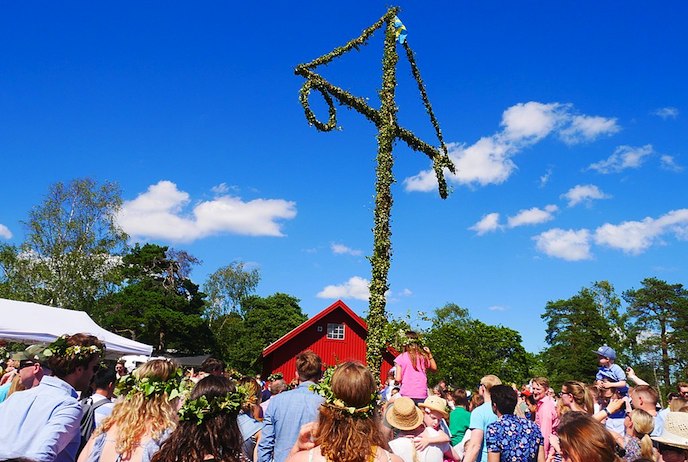
Weather permitting, celebrations take place outdoors in public parks, village greens and town squares, with the women and children decorated in wild flowers.
For more on the midsommar celebrations, see our guide to Midsummer in Sweden.
Surströmming (fermented herring) season
August
This peculiar tradition involves Swedes (usually in the north of the country) celebrating in the way that only they can – by opening a tin of smelly fish and eating it outdoors.
It’s not an official public holiday, and you might actually struggle to get an invite to a party, but it’s worth attending to see how people gather, eat smelly fish, sing songs and drink snaps. For more on this eccentric celebration, see our guide to Sweden’s stinkiest food.
Alla Helgons Dag
The nearest Saturday to 1st November
All Saints Day is a day to remember the dead – Swedes head off to the cemetery and light candles to commemorate their loved ones.
In cemeteries such as Stockholm’s Unesco-protected forest cemetery at Skogskyrkogården, up to 50,000 people come to leave candles on the graves – a magical and slightly eerie sight.
Gustav II Adolfs Day
6th November
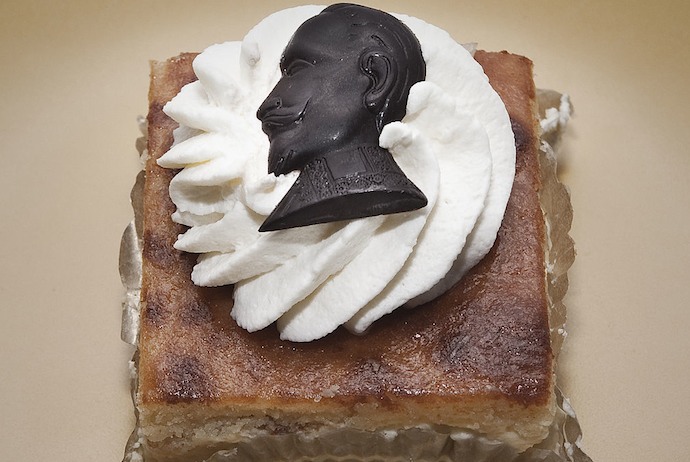
It’s not a national holiday, but the death of king Gustav II Adolf in 1638 is remembered in Gothenburg, in particular, with a low-key celebration involving cake.
Local bakeries sell the Gustav Adolfsbakelse, a cake decorated with a chocolate or marzipan figure of the king.
Advent
The four Sundays before Christmas
Advent, or the beginning of the Christmas period, is marked in Sweden by lighting the advent candelabra, heading to church to hear the choir sing and drinking glögg, a traditional mulled wine with spices and fruit.
St Lucia Day
13th December
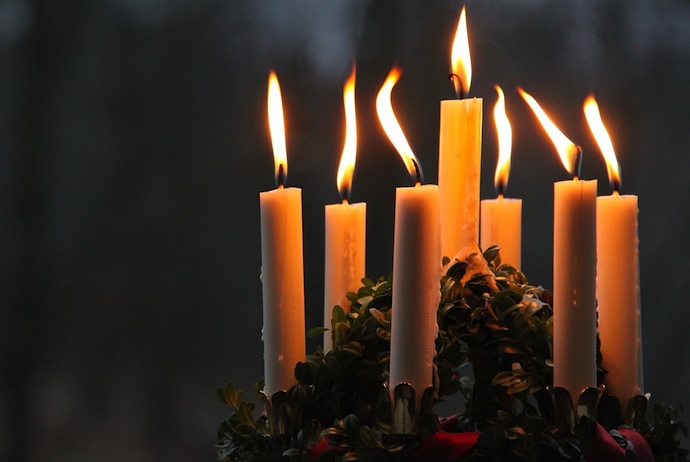
Commemorating the martyr St Lucia’s death in 603, this celebration involves a candlelit procession of singers dressed in white gowns, the girls wearing a wreath of candles in their hair.
Saffron buns (lussekatter) shaped like curled-up cats are eaten, with glögg for the adults.
Christmas
24th–26th December
Christmas Eve is the main event in Sweden, with candlelit processions in church and the whole family tucking into a festive smörgåsbord of ham, pork and fish.
Presents are opened on Christmas Eve and risgrynsgröt is often served too, rice porridge with an almond in it – tradition says that the person who finds the almond will get married within the year.
The 25th and 26th are normally given over to partying, relaxing or seeing friends. There’s more on celebrating Christmas in Sweden in this guide.
New Year’s Eve
31st December
Like New Year’s Eve the world over, Swedes celebrate the end of the year with fireworks, drinking and partying with friends. Stockholm is the obvious place to celebrate, but there are other ways to enjoy an unforgettable New Year in Sweden too, like watching the northern lights in Swedish Lapland.
See also:

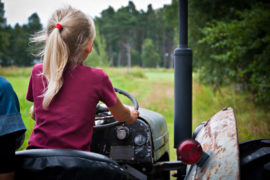
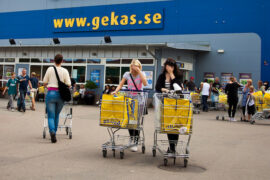
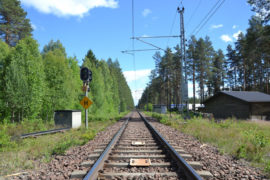
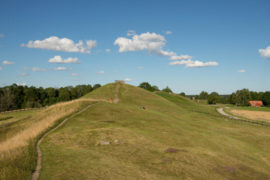
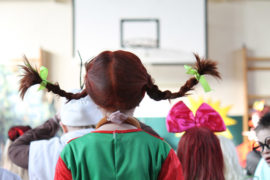
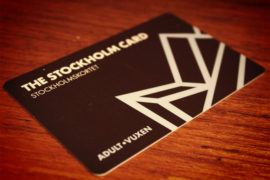
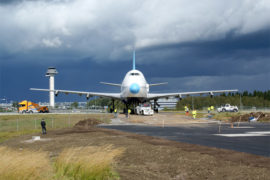
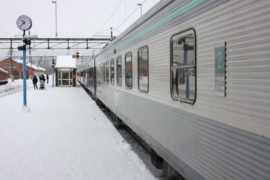
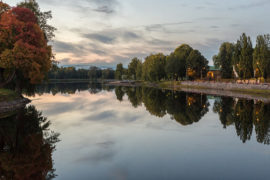
We came to find out all about the star stable developer’s favorite holidays. Happy St. Knut’s Day.